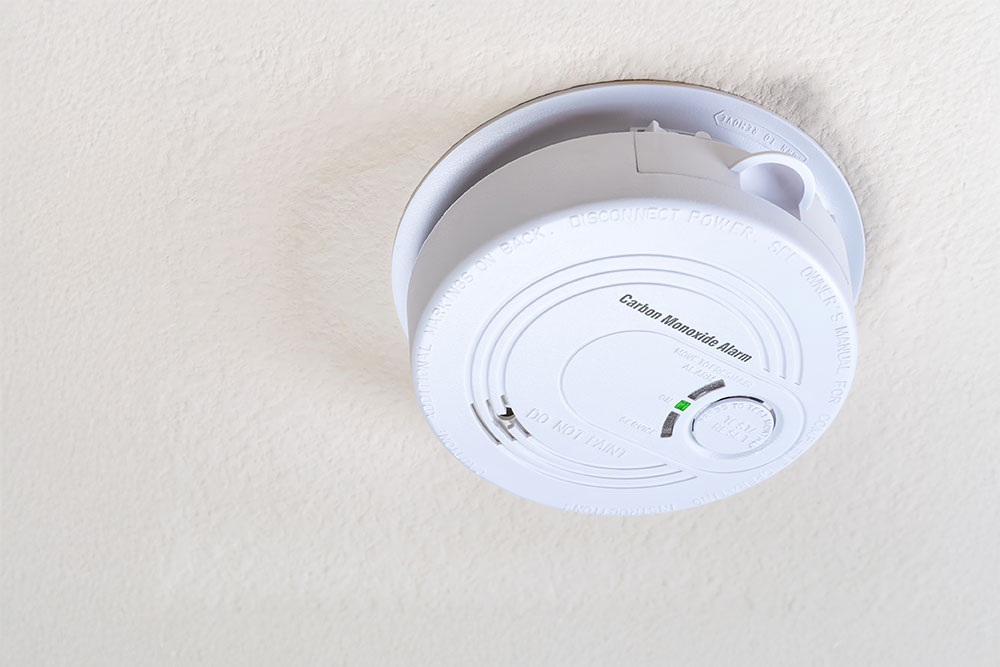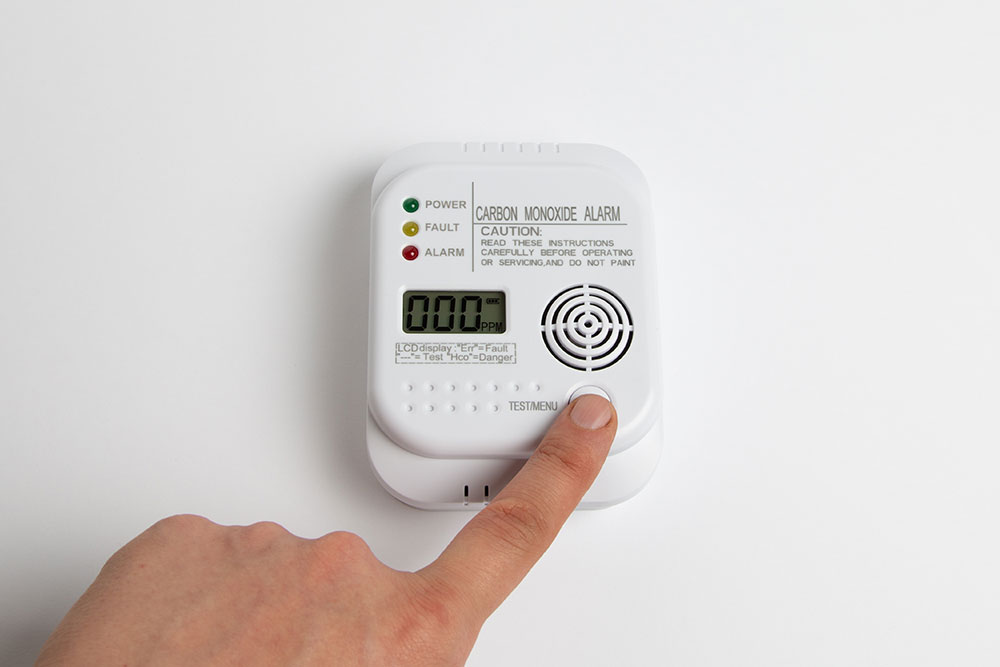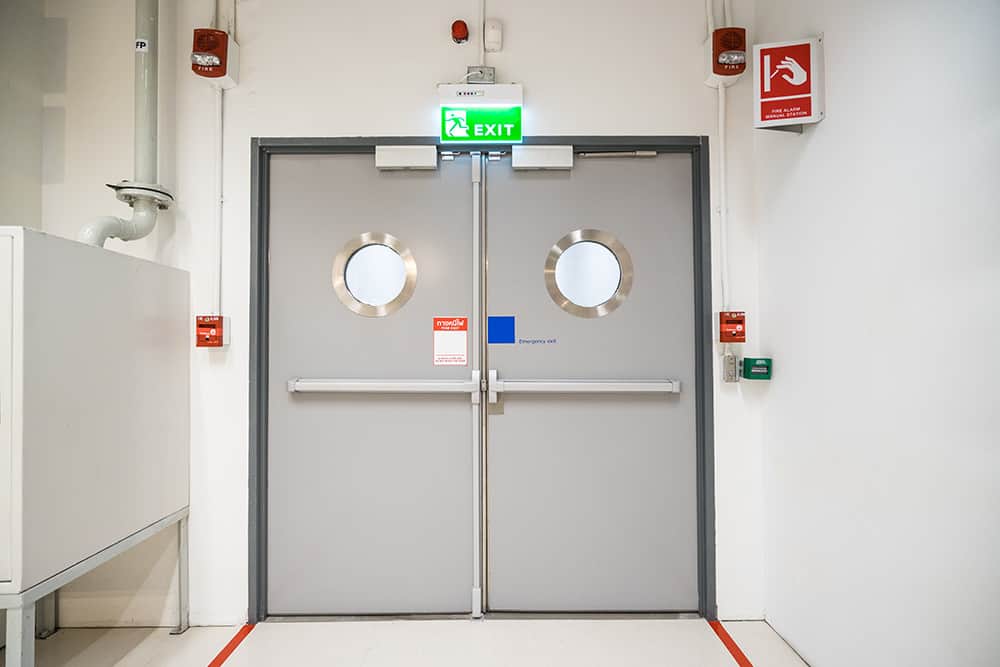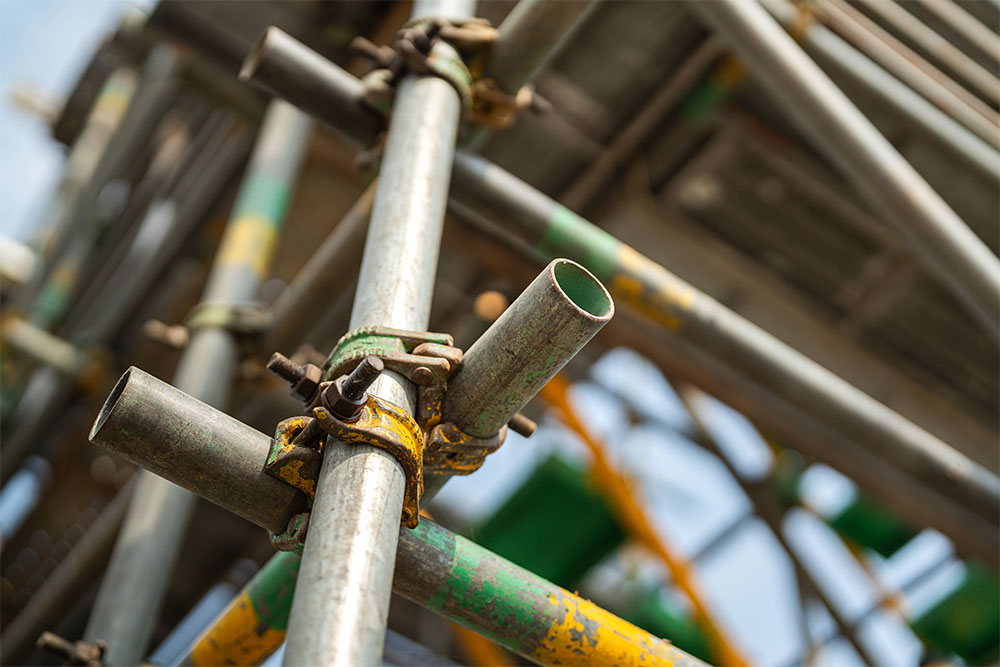
Carbon monoxide is invisible, odourless and tasteless. It’s also lethal. People who inhale the gas can die in minutes, never having known they were exposed. These factors give carbon monoxide its second name: the silent killer.
There’s another good reason for this name. The threat of carbon monoxide is often overlooked despite its potential to harm, with older people particularly vulnerable.
If you manage a care home, you must ensure carbon monoxide risks have been identified and accounted for. This guide highlights carbon monoxide health hazards, detection methods and precautions you can implement to protect your staff and residents.
Key Takeaways
- Carbon monoxide (CO) is a deadly, odourless gas produced when carbon-based fuels burn without sufficient oxygen, often from faulty or poorly ventilated appliances.
- Older people are more vulnerable to CO poisoning.
- Care home managers must assess and manage CO risks as part of their general duties to maintain a safe environment for residents and staff.
- Symptoms of CO poisoning can range from headaches and dizziness at low levels of exposure to unconsciousness and death at very high levels.
- Having evacuation plans and CO alarms in place is crucial for preventing fatalities.
Carbon Monoxide Explained
Carbon monoxide (CO) gas is produced when carbon-based fuels burn without enough oxygen. Carbon-based fuels include wood, coal, paraffin and natural gas, which means most heating or cooking appliances in your care home have the potential to leak carbon monoxide.
Common sources of carbon monoxide to be aware of are:
- Gas boilers
- Gas stovetops/ovens
- Gas heaters
- Wood or coal fires
Vehicle exhausts and BBQs also release CO but are generally safe when used outdoors.
Carbon monoxide is only released in dangerous amounts when fuels burn without enough oxygen. If appliances are working correctly, this shouldn’t be a problem.
However, there’s a potential CO risk if appliances are:
- Installed incorrectly
- Damaged or faulty
- Poorly ventilated (particularly blocked chimneys or flues)
Carbon Monoxide Awareness Training
Our Carbon Monoxide Awareness course provides users with essential knowledge about the health hazards of carbon monoxide and how they might be exposed. Users will also learn the fundamentals of carbon monoxide safety at the workplace, including risk assessment, control measures and emergency procedures.
Why Carbon Monoxide is Dangerous
When inhaled, carbon monoxide enters the bloodstream. Here, it attaches to red blood cells, which normally transport oxygen around the body. Red blood cells that are saturated with carbon monoxide can’t carry oxygen, depriving the body of one of its most critical resources.
At low doses, carbon monoxide poisoning causes:
- Headaches
- Nausea
- Dizziness
- Shortness of breath
- Weakness
As exposure levels increase, these symptoms get worse. Victims may also start to experience:
- Chest pain
- Confusion
- Vertigo
- Loss of consciousness
- Rapid heart rate
At this point, urgent treatment is needed to prevent any severe harm or long-term damage to the brain or heart.
Very high-level exposure will cause unconsciousness in seconds and kill in minutes.
Why Care Homes are More Vulnerable
Older people are inherently more vulnerable to carbon monoxide poisoning. They’re also more likely to have existing conditions that already limit the body’s ability to transport oxygen, such as angina or asthma.
Diagnosing carbon monoxide poisoning is difficult, too, because the symptoms overlap with common colds and viruses. The confusion and disorientation it causes can also be mistaken for signs of dementia.
Adding to the problem, there are no regulations or official guidance on managing carbon monoxide risks in care homes, which can cause some managers to underestimate the danger or deprioritise safety measures.
This lack of awareness is shown in Prepare, Practice, Protect: Improving Carbon Monoxide Safety in Health and Care Services, a report produced by Policy Connect and the All-Party Parliamentary Group on Carbon Monoxide.
The report found that less than half (40%) of surveyed health and social care professionals had received any form of carbon monoxide awareness training.
Legal Duties to Manage Carbon Monoxide Risks in Care Homes
While there aren’t any specific regulations relating to carbon monoxide risks in care homes, existing legislation does technically place duties on you to prevent CO poisoning.
The Health and Safety at Work Act 1974 (HSWA) requires employers to protect the health and safety of their workers. Any cases of carbon monoxide poisoning among staff could be seen as non-compliance with the HSWA.
There’s also the Care Standards Act 2000 (CSA). The CSA establishes Minimum National Standards for care homes, one of which (Standard 28) is to ensure the home is “maintained in a safe manner.”
To meet this standard, you must:
- Carry out a risk assessment for your care home
- Act to control any identified risks
- Provide information, supervision and training to staff on relevant health and safety matters, including the Control of Substances Hazardous to Health (COSHH)
(Carbon monoxide is recognised as a hazardous substance under COSHH regulations.)
Managing Carbon Monoxide Risks in Care Homes
Risk Assessment
As mentioned, you must have an up-to-date risk assessment for your care home.
It should identify the carbon monoxide hazards present and outline how risks have been managed.
The most common hazards to look out for will be cooking and heating appliances.
Identifying Carbon Monoxide Hazards
Any appliance that burns carbon-based fuel is a potential carbon monoxide hazard. Older appliances are more likely to leak CO, so pay close attention to any ageing equipment.
And look out for these carbon monoxide leak warning signs:
- Increased condensation inside windows
- Black/yellow/brown stains around boilers, stoves and fires
- Black stains around gas fires
- Pilot lights frequently going out
- Yellow flames in gas-powered cooking appliances
- Gaps in flames around stovetop rings/burners
Risk Controls
Carbon monoxide detectors in high-risk areas are a must. Tell staff and residents what these detectors are and how to respond if they hear an alarm.
Faulty appliances are often the cause of carbon monoxide leaks, so it’s also critical to organise regular maintenance and servicing from competent technicians.
Training is another essential risk control. Make staff aware of carbon monoxide risks and what to do if they suspect a leak or CO poisoning.
The final must-do is to plan for a CO emergency. Have evacuation plans in place, and practise them with residents and staff, like you would fire drills.
Detecting Carbon Monoxide Poisoning
Staff can use the acronym COMA to diagnose suspected carbon monoxide poisoning.
COMA stands for:
- Cohabitees – Are other residents/staff experiencing similar symptoms?
- Outdoors – Do symptoms get better outdoors?
- Maintenance – Have gas, coal or wood-burning appliances been checked and serviced in the last 12 months?
- Alarm – Are carbon monoxide alarms in place, and have any been triggered recently?
Working through this checklist will help staff separate carbon monoxide poisoning from other illnesses.
What to Do in an Emergency
If anyone suspects an appliance is leaking carbon monoxide, they should:
- Switch off the appliance and cut off the gas supply at the meter control valve if possible
- Open doors and windows to let in fresh air
- Evacuate the area and move everyone outdoors
- Seek medical advice; call 111 or, if it’s an emergency, 999
- Call the National Gas Emergency Service on 0800 111 999
The National Gas Emergency Service is available 24 hours a day and can advise on all carbon monoxide emergencies.
You can also contact the Health and Safety Executive’s Gas Safety Advice Line on 0800 300 363, but this service is only available during business hours.
Health and Safety Training
Carbon monoxide risks are serious, but with the proper precautions and training, they can be managed. At Human Focus, we understand that every care home has unique health and safety needs. That’s why we offer bespoke health and safety training designed to help you meet your specific requirements, including managing carbon monoxide risks.
Call or email us today to explore how our tailored solutions can help you stay compliant and protect residents and employees in your care home.





















